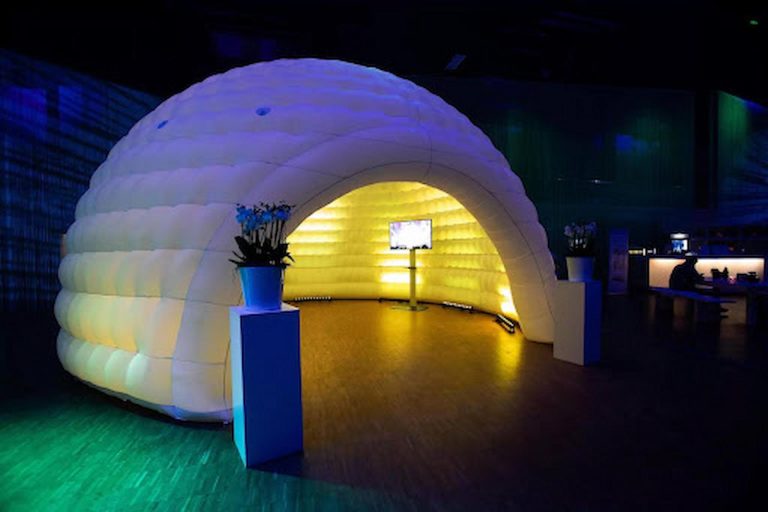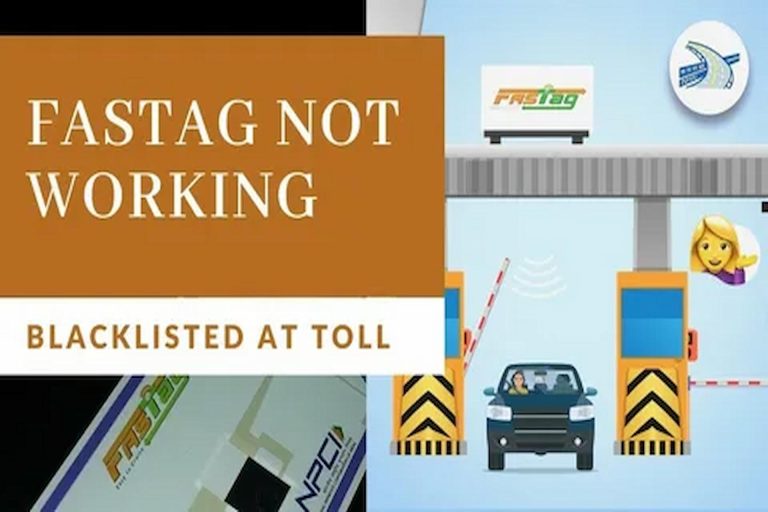A 2 way radio is a device which is designed to both send out and receive radio frequencies. This allows users of a 2 way radio to transmit and pick up messages to any other radios that operate on the same frequency. They come in two main types: stationary or hand-held. Stationery radios are fixed in one position only, while hand-held 2 way radios are portable and can be carried about. Hand-held 2 way radios are more commonly called walkie-talkies or handie-talkies.
The technology behind the workings of a 2 way radio system date back to 1907 when a two-way telegraphy system was invented to send messages across the Atlantic Ocean. In 1912 many large commercial military ships had two way communication systems which allowed them to both transfer and receive messages with other ships. These 2 way radio systems could not communicate any voice messages, they could only deliver messages that were in morse code.
In 1923 the first 2 way radio was invented by the police officer Senior Constable William Downie. They implemented 2 way radio systems in their vehicles, prior to this they had to use telephone boxes to report and update the statuses of current investigations. The one downside is that these radios were extremely large, with the first ever model taking up the whole back seat of a car!
Ten years later the technology advanced so that the system could be connected to a receiving tower. This allowed the police force to quickly and efficiently enable rapid response teams to the scene of crimes.
It wasn’t until World War 2 when the hand-held 2 way system was invented. They were used as communication tools by air troops and ground troops, and both the allies and the Nazis has access to them.
Modern technology has progressed so much these days so that a huge number of styles of 2 way radios are now available on the market. Many of these are very small in size and have large ranges, allowing users to communicate to one another from much longer distances.



